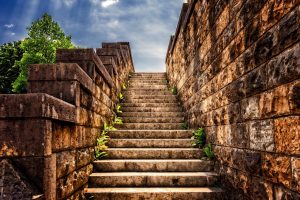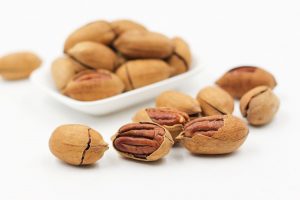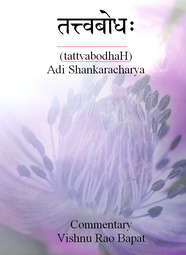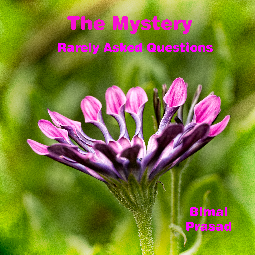Introduction
Verse 3.42 of the Bhagavad Gita says that the sense organs are superior to the gross body, the mind is superior to the sense organs, the intellect is superior to the mind and the Atma is superior to the intellect. Superiority also refers to subtlety. Our interest is in the mind, the intellect and finally in the Atma. There are five fundamental elements called panchabhutas. They are space, air, earth, water and fire. The subtle body is made of panchbhutas in their primary or nascent forms. When the panchabhutas undergo a process of compounding among themselves, the gross or physical body emerges. The mind and the intellect belong to the category of subtle body, i.e., made of the five elements in primary form. The Atma is beyond the panchabhutas because It is not a thing or physical entity.
Consciousness
We all know that we are a conscious entity. We also feel so. We are also certain that consciousness is different from the gross body. However we are not so sure whether the consciousness is different from the mind because consciousness ordinarily gets mixed up with the mind. Vedanta says that the consciousness is different from the mind. It is based on the axiom that the subject (observer) is different from the object (observed). This is Seer-Seen discrimination (Drg Drisya Viveka). Continue reading




